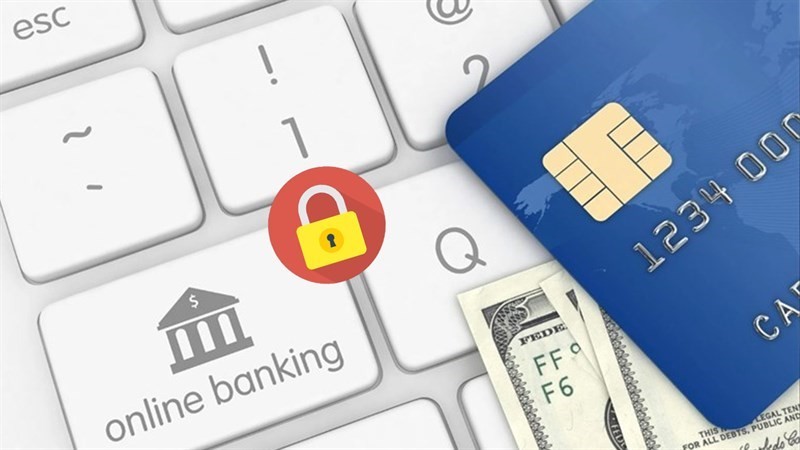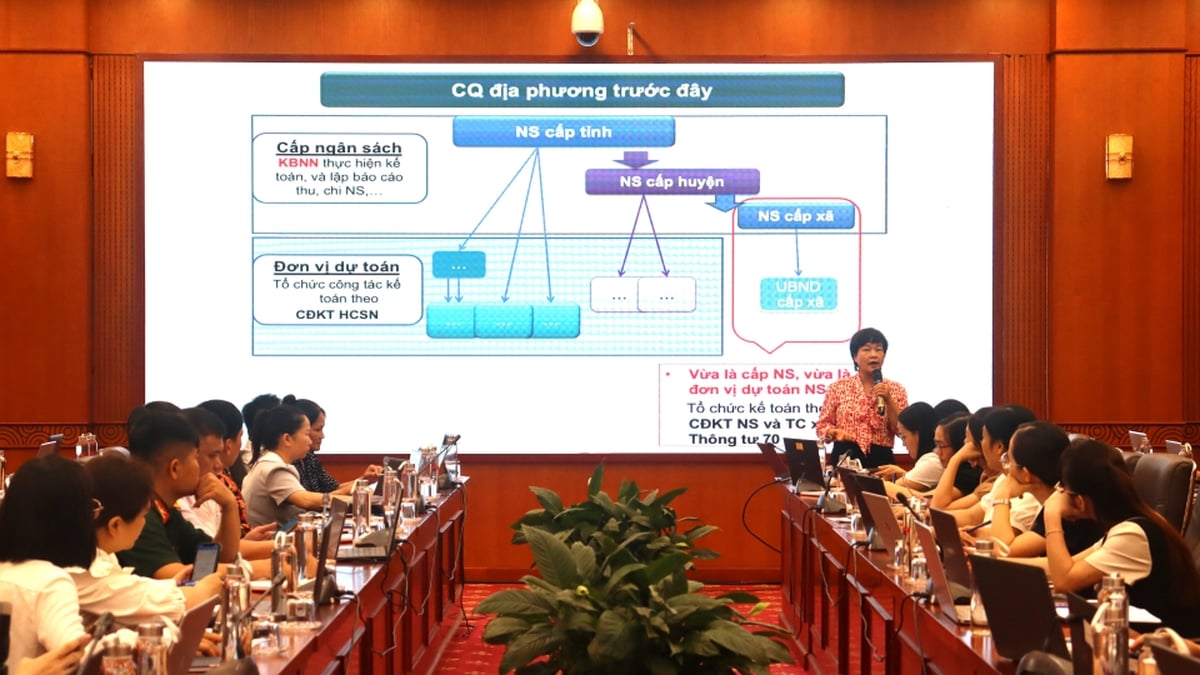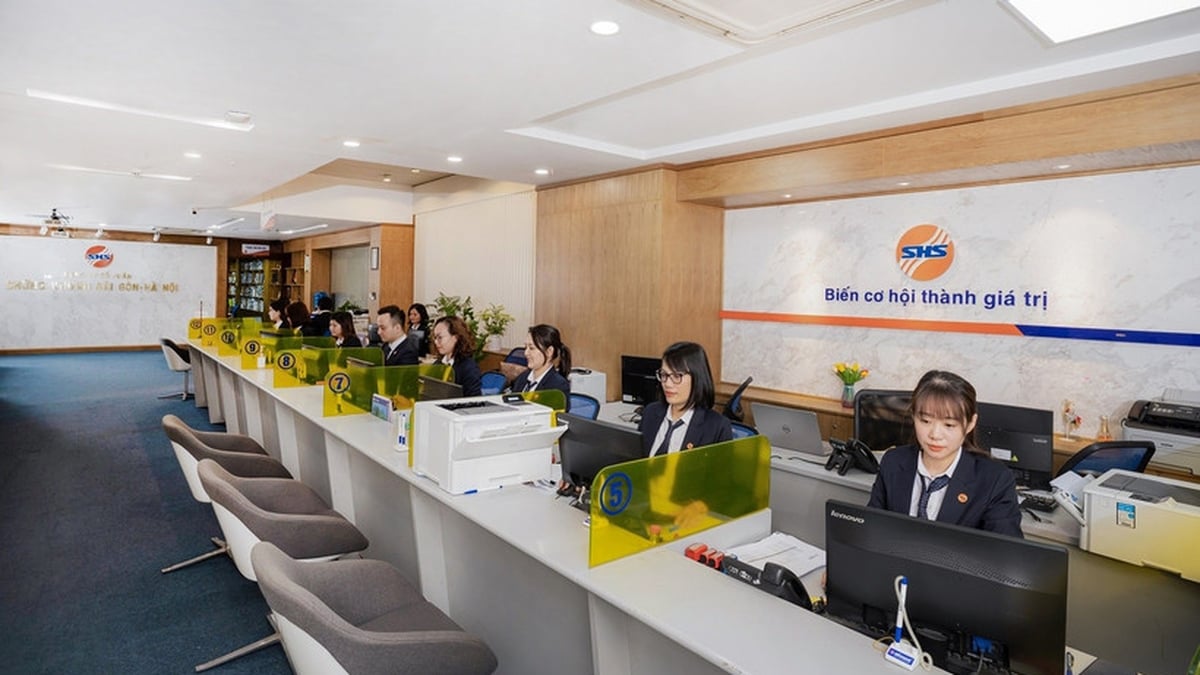
1. Only visit the bank's official website
Users should absolutely access the official website of the bank or the State Bank. For example, the official electronic portal of the State Bank of Vietnam is https://sbv.gov.vn. Strange websites with unknown domain names may be fake, intended to steal account information.
2. Download the banking app from the official source
Only download banking apps from official stores such as the Apple App Store (iOS) or Google Play Store (Android). Avoid downloading APK files or software from unverified websites, as they may contain malicious code that can bypass mobile device protections.
3. Keep your login information confidential
Users must absolutely keep personal information such as: full name, address, date of birth, ID number confidential. In addition, information about your bank account such as: account number and username for accessing electronic banking services must also be carefully secured.
Most of the current fraud cases are very sophisticated, users need to be more vigilant. Usually, the subject claims to be a bank employee, calling to invite customers to withdraw money/repay their credit card.
So to be safe, you should not provide information or check with the bank.
4. Do not set a password that is too simple and easy to guess.
Some banks encourage or even require users to use passwords with a variety of characters, specifically, the user's password must contain lowercase letters, uppercase letters, numbers, and special characters. Setting a simple password will be detrimental to the security of your account. You can also refer to some tips when setting a bank password below:
- Password must be long, over 8 characters.
- Have at least 1 number
- Contains special characters, such as @#$%()
- Contains at least one uppercase letter
5. Use multi-factor authentication
Enable two-factor authentication (2FA) for bank accounts and e-wallets. When making transactions, in addition to a password, the system will require an OTP code or biometric authentication, which helps increase security and reduce the risk of losing money due to fraud.
6. Be wary of requests for information
Do not provide personal information, account numbers, passwords or OTP codes via email, text messages or strange websites. Fake websites often create a sense of legitimacy but are actually intended to steal data to appropriate money and assets.
7. Scan and protect your device regularly
Use reputable security software to regularly scan your device, remove viruses and malware, and monitor applications that access personal information. If you accidentally visit a fake website, disconnect from the Internet, delete suspicious files, and notify the authorities.
Compliance with the above principles helps users improve information and asset security when transacting online, while limiting risks from fake websites, malware and high-tech fraud.
When detecting any suspicious website or application, please immediately notify the Information Technology Department (SBV) via hotline 0848.59.59.83 or email: antt@sbv.gov.vn for timely handling.
Source: https://baolaocai.vn/7-cach-tranh-mat-tien-hieu-qua-post879739.html






















![[Photo] Prime Minister Pham Minh Chinh attends a special art program called "Hanoi - From the historic autumn of 1945"](https://vphoto.vietnam.vn/thumb/1200x675/vietnam/resource/IMAGE/2025/8/15/c1c42655275c40d1be461fee0fd132f3)



![[Photo] General Secretary attends the inauguration ceremony of the Ministry of Public Security Headquarters](https://vphoto.vietnam.vn/thumb/1200x675/vietnam/resource/IMAGE/2025/8/16/3ceec3a24ef945c18ae2b523563b749d)
![[Photo] Prime Minister Pham Minh Chinh talks on the phone with Cambodian Prime Minister Hun Manet](https://vphoto.vietnam.vn/thumb/1200x675/vietnam/resource/IMAGE/2025/8/15/72d3838db8154bafabdadc0a5165677f)
![[Photo] Red and yellow stars at the launching ceremony of the program "Moving Forward with Vietnam"](https://vphoto.vietnam.vn/thumb/1200x675/vietnam/resource/IMAGE/2025/8/16/076df6ed0eb345cfa3d1cd1d7591a66f)

![[Photo] “Moving forward with Vietnam” on the most romantic road in Vietnam](https://vphoto.vietnam.vn/thumb/1200x675/vietnam/resource/IMAGE/2025/8/16/0ee500bc59fd4468863261ee26f47fe7)
![[Photo] National Assembly Chairman Tran Thanh Man attends the inauguration ceremony of President Ton Duc Thang Memorial House](https://vphoto.vietnam.vn/thumb/1200x675/vietnam/resource/IMAGE/2025/8/16/23555950872d428a8708a1e2f94cbf59)



































































Comment (0)